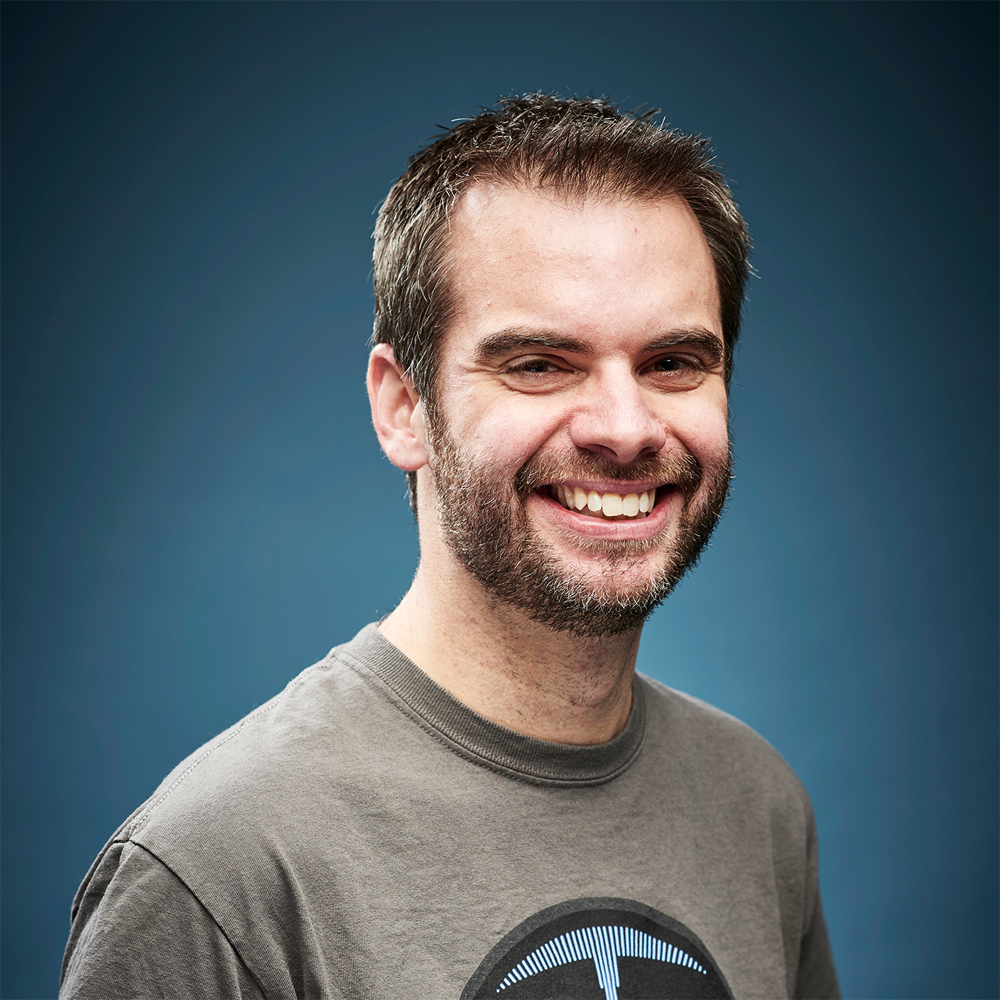How Star Trek: Picard creates the tech of the 24th century
"The future is now," says production designer Todd Cherniawsky
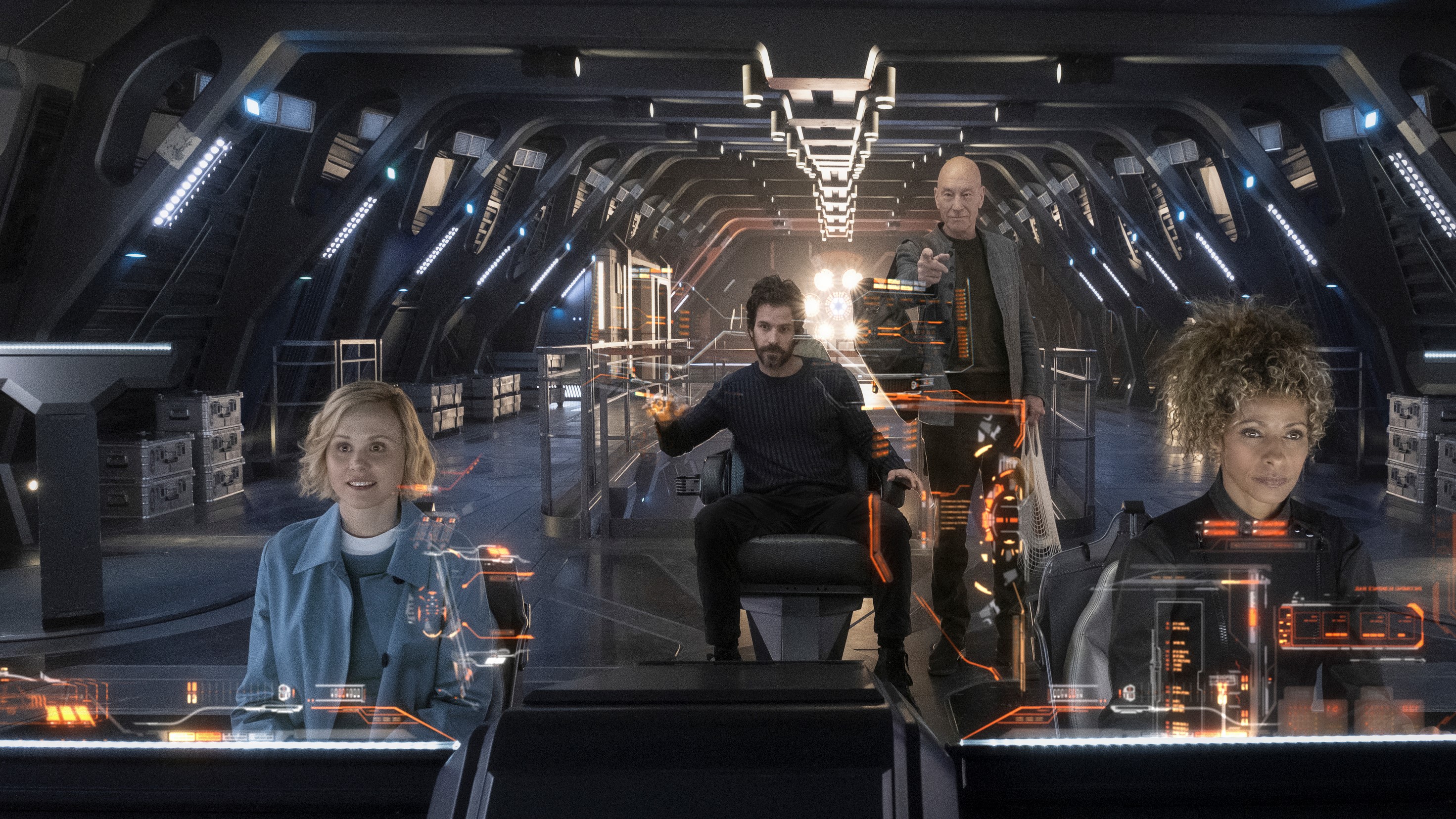
Star Trek has a long history of visualizing the future, creating worlds where advanced tech like transporter beams, tricorders and phasers has become commonplace. The franchise’s latest iteration, Star Trek: Picard, is going where no one has gone before, however, exploring a time period two decades after The Next Generation crew’s final voyage in Star Trek: Nemesis.
For production designer Todd Cherniawsky, visualizing this strange new world is “a dream job and definitely a highlight of the career” – but it’s one that brings a unique set of challenges…
“Very quickly you realize that with it comes a tremendous amount of responsibility!” he laughs. “Touching any franchise is both an honor and a curse. You’re getting that opportunity to contribute to the canon, but the frightening thing is that you’re also contributing to the canon! What you’re adding to or subtracting from the past is sometimes quite daunting.”
That’s especially true now that the differences between our present and Star Trek’s future aren’t as stark as when Captain James T Kirk boldly went in the 1960s. Yes, transporter beams and interstellar travel are still the stuff of science fiction, but today’s computer tech makes the whirring, flashing lights of the original USS Enterprise bridge look rather out of date.
- How to watch Star Trek in order
- Star Trek Discovery season 3: release date and what we know
- Our Star Trek Picard episode 6 recap

“The future is now,” Cherniawsky tells us. “Our smartphones have almost risen to the level of what we have in the Star Trek world with the communicator and the tricorder. Granted, we’re not doing interstellar communication and we’re not diagnosing cancer with them, but let’s just cut to 25 or 30 years from now and we could be in a place where smartphones evolve into field instruments that can diagnose very rapidly. The tricky thing I always find with doing science fiction or forward-thinking films is trying to propel yourself into balancing what’s next, while also considering what’s current.”
The desire to keep things accurate meant that extensive research was a key part of the gig, as Cherniawsky and his team worked to keep on top of what’s happening in the real world.
“It’s about staying up-to-date with what futurists are predicting and what is happening with current science,” he explains. “Then the other 20% of the sauce is dreaming where it goes to next. In some ways Picard is like an industrial design or packaging exercise. We’re just trying to miniaturize or create better interfaces for [things that already exist]. It’s a bit of a perplexing assignment because as soon as you start to do research, magnificent new things are already being developed.”
Sign up for breaking news, reviews, opinion, top tech deals, and more.
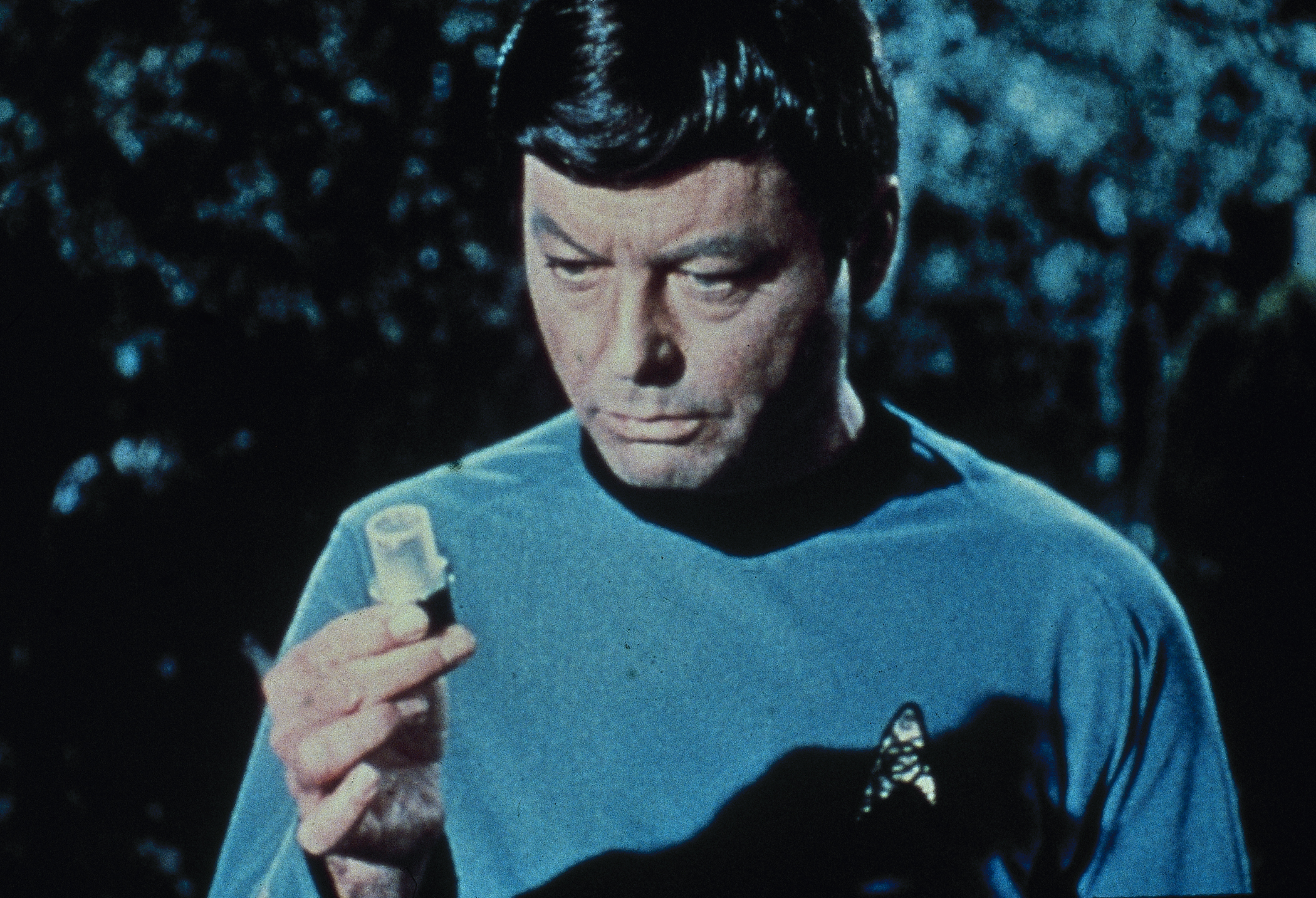
As well as making sure that the tech of Star Trek: Picard is consistent with today’s, Cherniawsky had one eye on what existed in universe of The Next Generation, Deep Space Nine and Voyager. Particularly integral to the mix was LCARS (Library Computer Access/Retrieval System), the iconic touchscreen interface that powers Starfleet’s computers – and whose influence can arguably be seen in the modern-day Windows operating system.
“There were a handful of anchors that we did not deviate from,” Cherniawsky admits, “specifically [TNG production designer] Michael Okuda’s graphic design for LCARS. I had no interest in disrupting that or starting from scratch, but I was interested in thinking about how those interfaces would be further refined over the following 20 years so that a user could pick them up even more easily.”
With Jean-Luc Picard now retired from Starfleet, he has to hitch a ride on Cris Rios’s civilian ship, La Sirena. It’s the first time a non-Federation vessel has been the central location of a Trek TV show, and its interior is quite a departure – instead of that familiar bridge layout with the captain’s chair surrounded by multiple workstations, Rios’s craft is much more open plan.
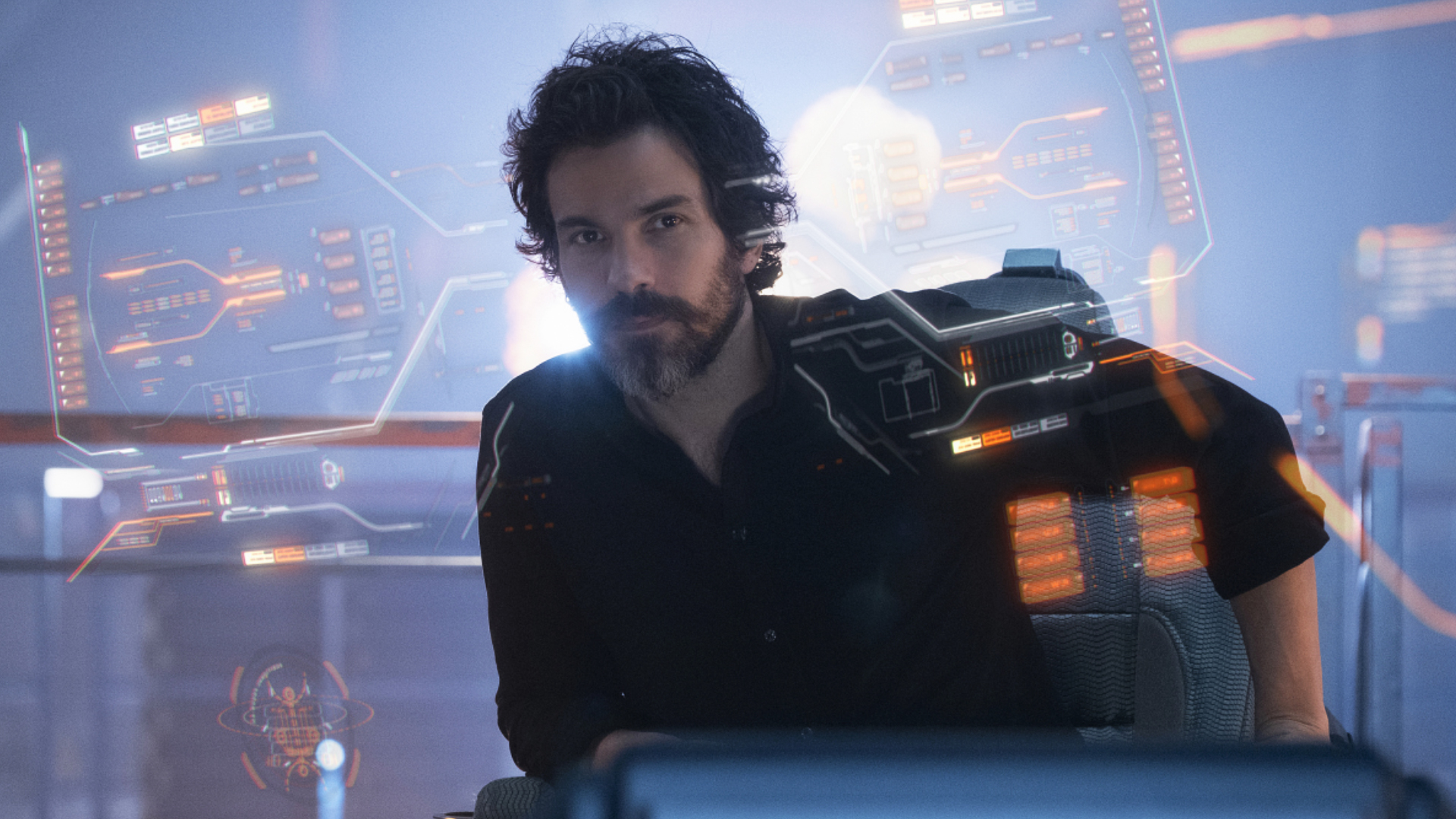
“Rios is really a trucker in space and La Sirena is essentially meant as a kind of locomotive engine,” Cherniawsky points out. “It’s a freight delivery vehicle in its original design, hence its warehouse appearance. The idea is that it could both tug large containers or, if it had precious cargo, have it beamed into the ship. That’s why the transporter pad is based on the old-school freight transporter as opposed to the transporter for living beings with the familiar circular discs.”
Rios also flies the ship via a new kind of interface, using virtual, holographic controls to tell La Sirena what to do.
“That came from a lot of our research into what’s being done at places like Caltech, MIT Media Lab, Stanford, Oxford or any of the other high-tech labs,” Cherniawsky says. “With what they’re doing in experiments, we’re already into tactile interfaces based on light and touch. It just seemed like a natural progression to migrate towards holographic technology. That was a very early decision [in the development of the show].”
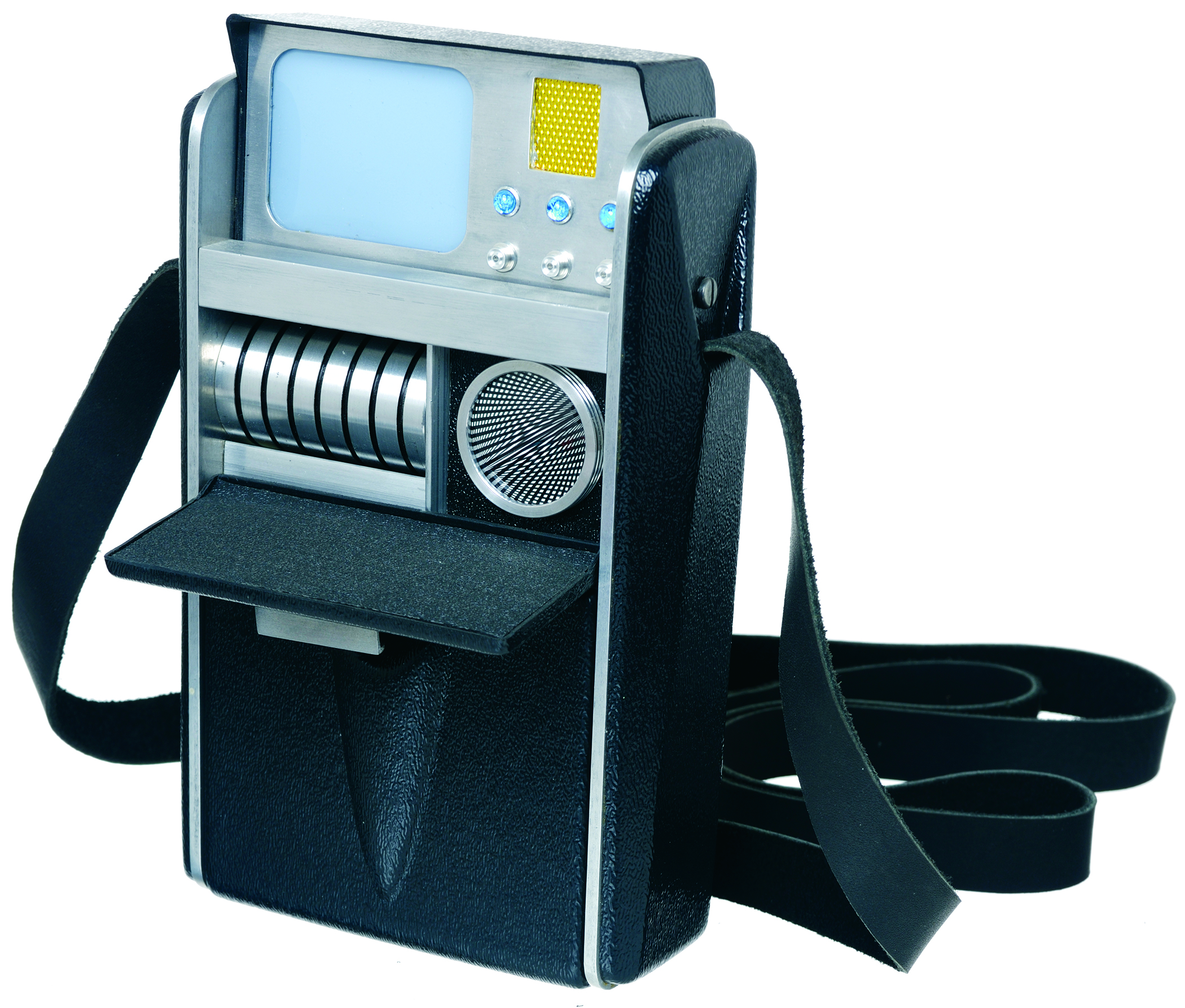
Another marked shift from previous Star Trek shows is the amount of time Picard has spent on Earth. In addition to Jean-Luc’s vineyard in France, we’ve visited Boston, San Francisco, Paris, and Okinawa, and all feel like recognizable locations given a slightly futuristic spin. We also get a glimpse of the more mundane side of life, with everyday items like taxis and even e-cigarettes receiving a 24th century makeover.
“That gets back to what I was mentioning about repackaging things that current and contemporary,” says Cherniawsky. “For example, Raffi’s living in a futuristic version of a trailer – it’s an old Federation feed container that she’s converted into an apartment and essentially dropped into the middle of the California desert. Things like that are always really enjoyable moments for a designer – putting them into the future, but keeping that ‘now’ familiarity.”
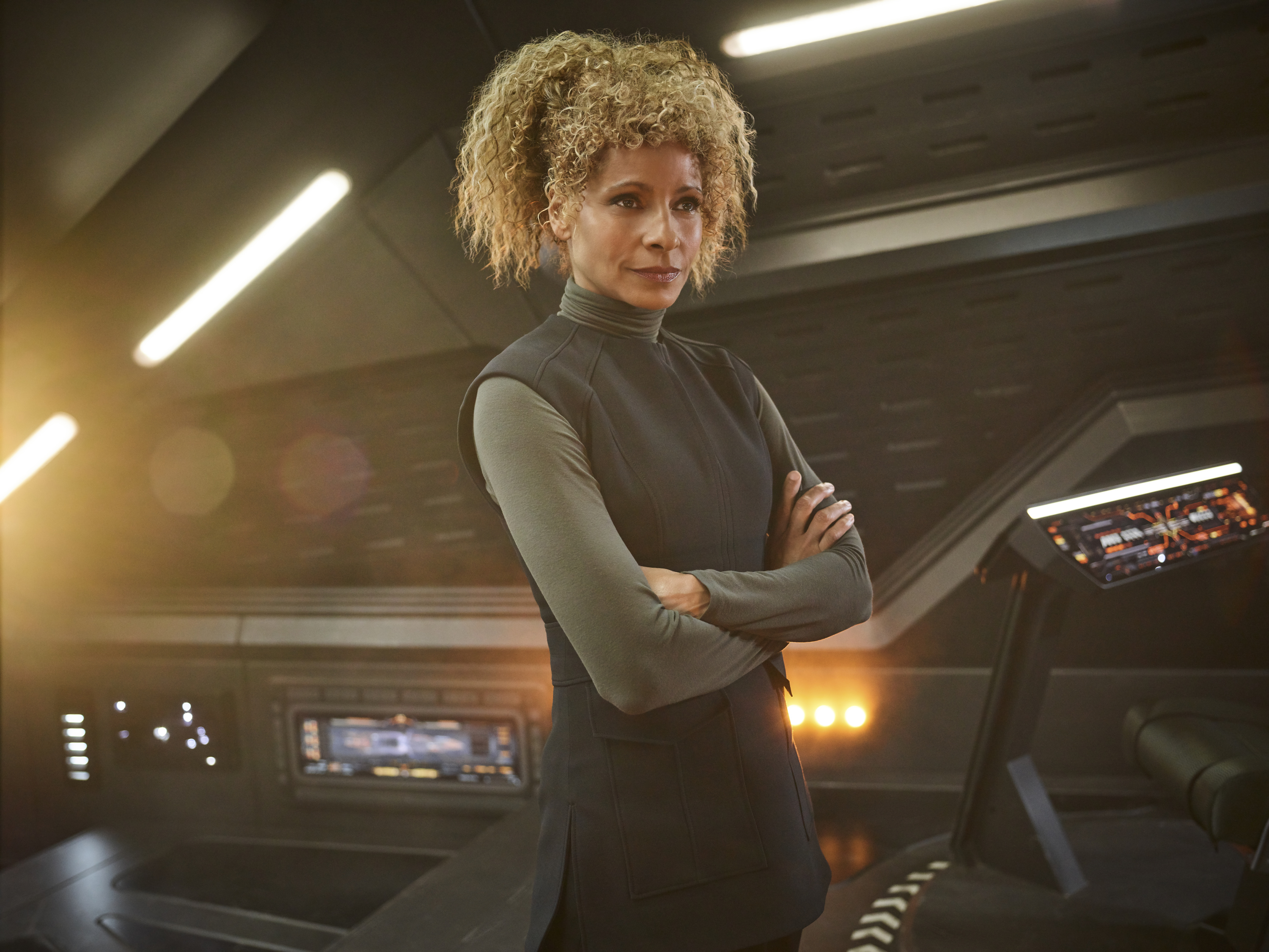
Tech’s involvement in the show isn’t just about the aesthetics, either, as Cherniawsky feels the gradual evolution of the gadgetry throughout the season is an important part of the storytelling.
“The word ‘grounded’ was used very early on,” he reveals. “Now that Picard has retired to his winery, he’s trying to follow a very traditional way of making wine, and it was very deliberate that we kept him a little bit shuttered in the past – we wanted to have the visual contrast with the end of the season, where we’ll see some pretty fantastical and wonderful things. For someone who was getting off the couch back onto a starship, there needed to be a proper dramatic arc. I think Sir Patrick Stewart was looking at Picard being to Star Trek as the movie Logan was to the X-Men universe – you’re not trying to get right into the flash-bang immediately.”
And when it comes to visualizing iconic science fiction worlds Cherniawsky should know what he’s talking about – he’s in the privileged position of having worked in both the Star Trek and Star Wars galaxies, having been supervising art director on The Last Jedi. So what’s the difference between designing for Star Wars and Star Trek?
“From a kind of cinematic definition, Star Trek is science fiction, Star Wars is science fantasy, so they have intrinsically different rules which you can move around in,” he explains. “My approach in Star Trek has been about not trying to bend the rules.
“For example, phasers have a legitimate science to them, while a lightsaber does not – there is no world in which the rules of physics allow you to create a beam of light where you contain the photons to the level of energy that they’re talking about. With a phaser, however, we do have weapons – granted they’re the size of a large lorry – that have the ability to cut through steel, melt things or explode things that have water in them. That’s the big difference. You’re still trying to keep one foot in reality with Star Trek.”
Star Trek: Picard is available to watch on CBS All Access every Thursday in the US, and every Friday on Amazon Prime Video internationally.

- How to watch Star Trek: Picard
- Everything we know about Star Trek: Strange New Worlds
Richard is a freelance journalist specialising in movies and TV, primarily of the sci-fi and fantasy variety. An early encounter with a certain galaxy far, far away started a lifelong love affair with outer space, and these days Richard's happiest geeking out about Star Wars, Star Trek, Marvel and other long-running pop culture franchises. In a previous life he was editor of legendary sci-fi and fantasy magazine SFX, where he got to interview many of the biggest names in the business – though he'll always have a soft spot for Jeff Goldblum who (somewhat bizarrely) thought Richard's name was Winter.
